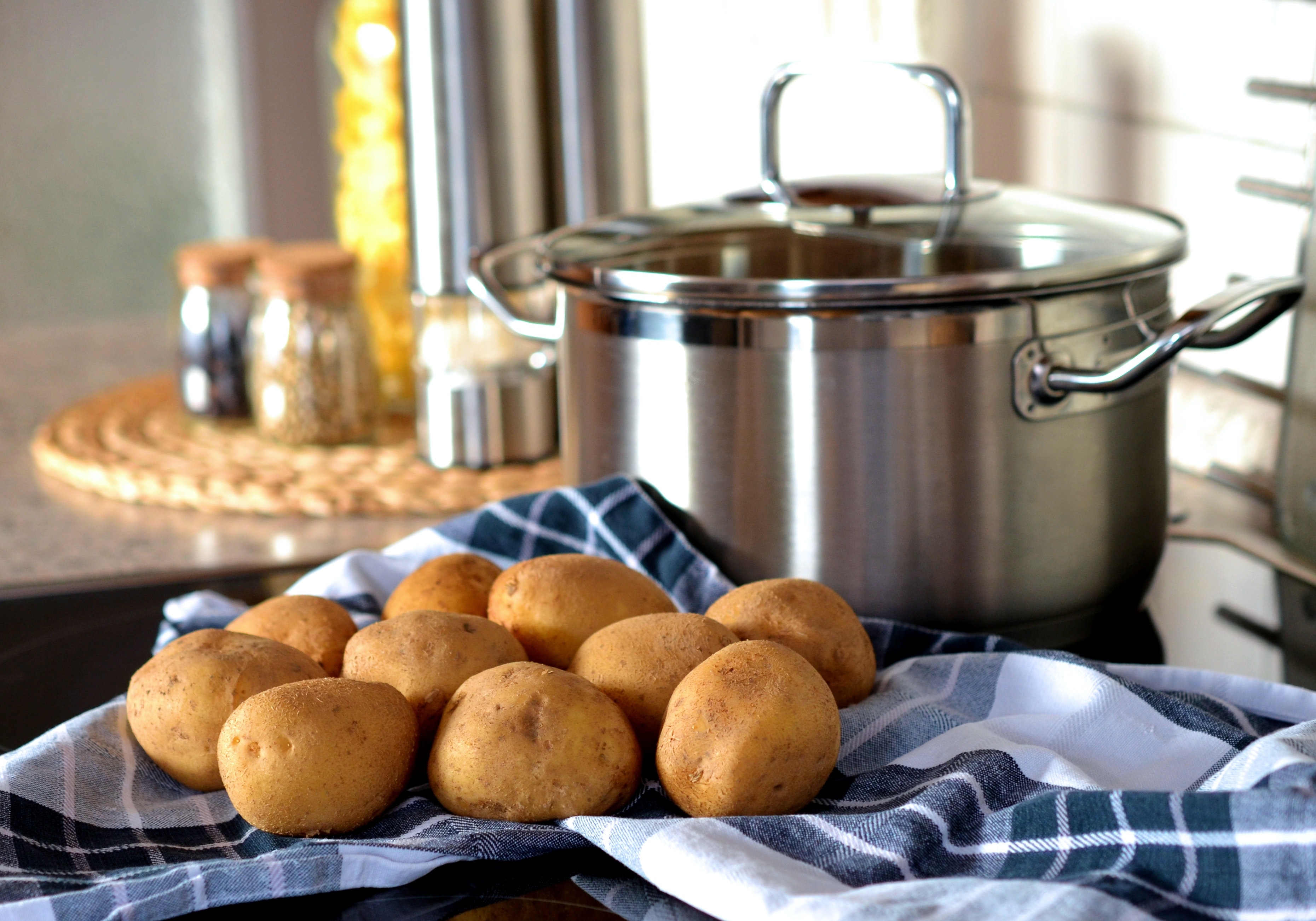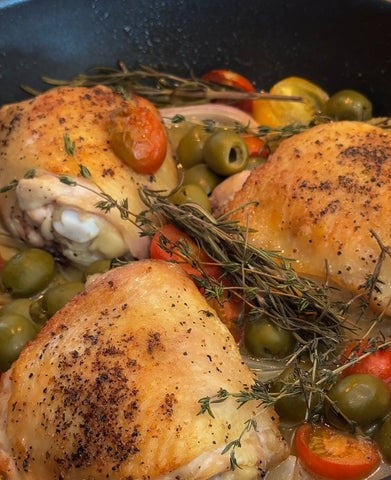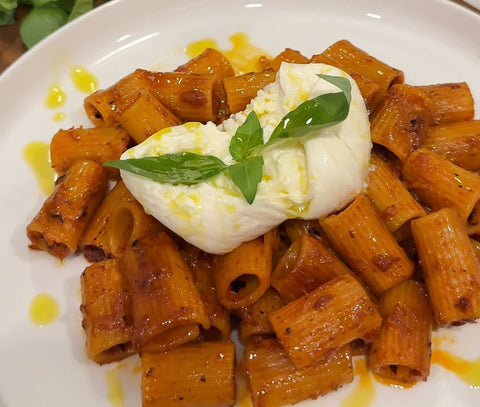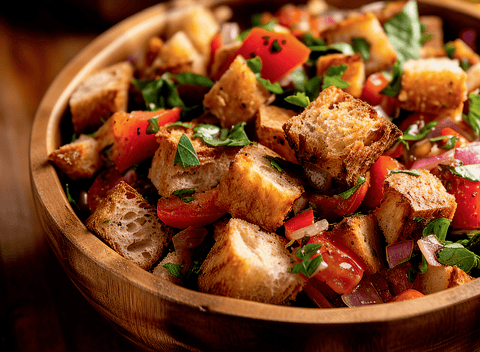
I want to share a recipe from a cookbook I have had for a long time and cooked multiple recipes from. It’s spilled on and dog eared. It’s an old friend. All About Braising by Molly Stevens was published in 2004. It isn’t trendy but a quote from the beginning of the book captured my attention. “Sharing a meal from one pot, as you often do with a braise, creates a feeling of communality that leads to sharing a congenial meal.”
We all cook for different reasons and seasons but that “sharing a congenial meal” seems an important connection in a disordered world. Beef Bourguignonne, Coq au Vin, Osso Buco, Pot Roast and Oxtail stew are all classic and familiar braised dishes. They speak of rich flavor and comfort. Braising combines dry heat and wet heat methods of cooking. Braised meats are seared at high temperatures then cooked at lower temperatures with a flavor enhancing liquid in a covered pot. Basic - right.
Tough or inexpensive cuts of meat lend themselves well to braising. A sealed-in transfer of flavors is at the core of what happens in braising. The flavors and juices from the aromatics blend with the juices and flavors from the meat and this enhanced liquid bastes the food. A lovely give and take resulting in that enhanced, rich flavor. Braised meat is tender and the collagen in the meat that helps our joints has melted into the dish.
Braises can be cooked ahead and are generally better the next day. They are perfect for sharing and entertaining. If you seek out Molly’s book, she has encyclopedic information on choosing a braising pot, what cuts of meat work best, aromatics, spices and herbs. In addition to all the information on braising meat, there are also 94 recipes in this book for braising vegetables. I haven’t cooked all of them but I have made an impressive start. Most of the recipes are extremely simple and provide outstanding side dishes. Many of them make brilliant vegetarian main dishes. I am going to share with you a simple vegetarian braise I have cooked countless times from Molly’s book.
INSTRUCTIONS
Evaluate the potatoes: If the potatoes are larger than a golf ball, cut them in half. If you are leaving them whole, check to see if they have thick skins by scraping your thumb nail across the skin. If the skin doesn’t tear, remove a strip of skin around the circumference of each potato with a vegetable peeler - this will allow the flavors of the braising liquid to penetrate the potato better. If the skins are relatively thin, leave them intact.
The braise: Place the potatoes in a saucepan large enough to hold them in a snug single layer without crowding Add the olive oil and pour in enough water or stock to come halfway up the sides of the potatoes. Tear the bay leaves in half and add them along with the garlic. Season with salt and pepper. Cover and bring to a simmer over medium heat. When the water is simmering, lower the heat to medium-low so the liquid simmers gently. Braise, lifting the lid and turning the potatoes with a spoon once halfway through, until the potatoes are just tender when pierced with a thin skewer, about 20 minutes.
The finish: Remove the lid, increase the heat to high, and boil, gently shaking the pan back and forth, until the water evaporates and you can hear the oil sizzle, about 5 minutes. The braised garlic cloves will break down and coat the potatoes as you shake them in the pan. Serve hot.
Certified Organic
By CCOF
Sustainably Produced
At Our Ranch
Early Harvested
High Polyphenols
Award Winning
Extra Virgin Olive Oil




